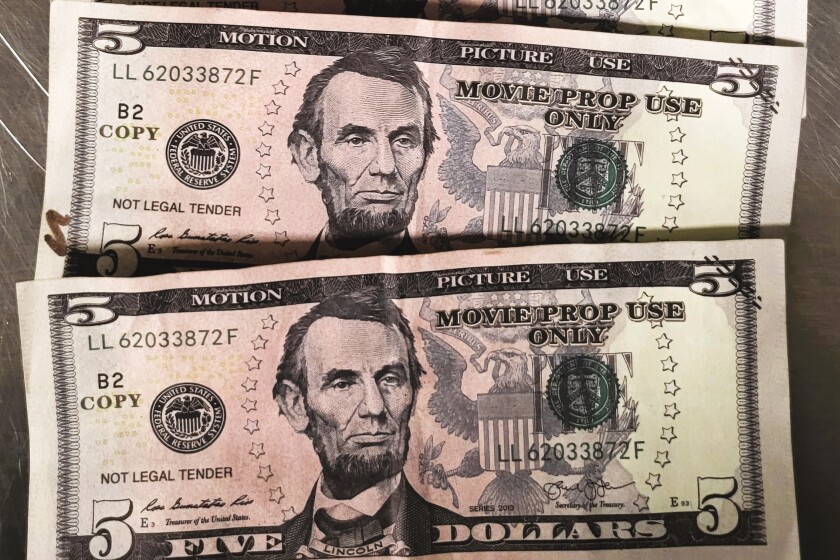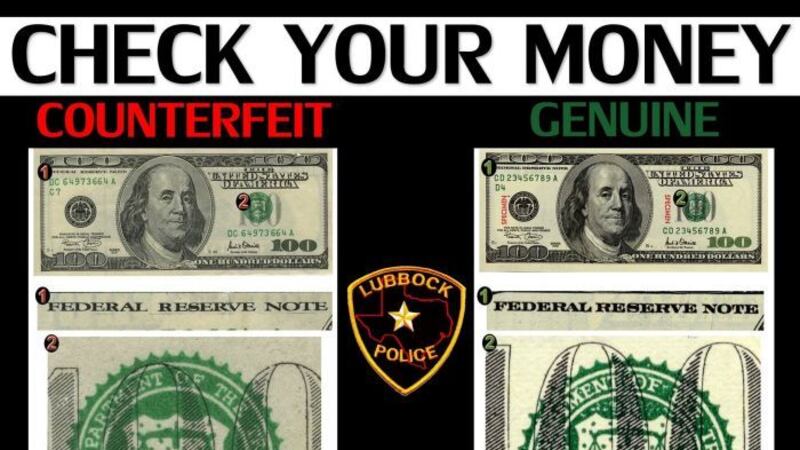Discover usings copyright Money in Artistic Creations and Theatrical Performances
copyright money, frequently identified with deceptiveness and outrage, holds a peculiar attraction when it finds its means into the realm of artistic developments and theatrical efficiencies. As we dive right into the multifaceted uses of phony cash in these innovative domains, we begin to uncover a world where authenticity and replica blur, motivating us to question the actual nature of worth and depiction within art and performance.

Historic Significance of copyright in Art
The historical significance of funny money in art is a complex and fascinating subject that clarifies the crossway of creativity, subversion, and socio-political commentary. Throughout history, artists have actually utilized copyright money as a tool for difficult societal norms, examining the worth of currency, and making effective declarations regarding wide range and power.
Among the most remarkable instances of funny money in art go back to the Dada movement of the very early 20th century - copyright money for sale. Musicians such as Marcel Duchamp and Hannah Höch integrated phony currency right into their works to slam the capitalist system and check out the idea of worth in a rapidly changing globe
In addition, during times of financial instability or political turmoil, imitation money has been utilized by musicians as a kind of protest or rebellion. By producing and flowing phony currency, musicians have had the ability to interfere with the status quo, challenge authority, and prompt important conversations regarding the function of money in culture.
Impact of copyright Currency on Visual Arts
Affecting the aesthetic arts landscape, copyright money has actually worked as a thought-provoking medium for musicians looking for to test traditional viewpoints on wealth and commerce. By integrating fake cash right into their works, musicians provoke discussions on the nature of worth, credibility, and societal assumptions of wealth. Through the integration of copyright currency, visual artworks can confront viewers with inquiries regarding the power dynamics inherent in financial systems and the illusions of prosperity. Making use of copyright in art additionally raises moral considerations concerning the boundaries of artistic expression and the implications of reproducing lawful tender. In addition, phony money in aesthetic arts can act as a discourse on consumer society, materialism, and the relentless search of wide range in modern culture. In general, the impact of phony currency on visual arts is diverse, promoting essential reflections on the intersection of money, art, and societal worths.
Significance and Significance in Theatrical Fake Displays
Making use of theatrical copyright screens, artists utilize symbolic depictions to communicate much deeper significances and evoke provocative interpretations within the realm of performance art. Through the incorporation of funny money in staged productions, developers can explore styles such as greed, power, corruption, and the impression of wide range. Using phony currency on stage can work as an allegory for societal problems, weblink economic variations, and the fragility of financial systems.
In theatrical efficiencies, the symbolic worth of imitation cash prolongs past its monetary well worth. It can symbolize the deceitful nature of looks, the pursuit of materialistic needs, and the consequences of unethical behavior. By using phony money as a prop, musicians can test target markets to question truth meaning of riches and the moral boundaries that individuals might cross in its search.
Ethical Factors To Consider being used copyright Cash for Art

One significant honest factor to consider is the potential lawful effects of using fake cash in art. Counterfeiting currency is unlawful in the majority of countries and can cause major repercussions for artists that knowingly integrate fake expenses right into their job. copyright money for sale. This not only places the musician at threat but also increases concerns regarding promoting prohibited activities via art
Additionally, there is an ethical problem concerning the credibility of the artwork itself. Utilizing funny money blurs the line in between truth and replica, potentially tricking customers and compromising the stability of the imaginative item. Artists need to take into consideration whether using funny money aligns with their worths and artistic intentions, evaluating the potential influence on their online reputation and reliability.
Future Patterns in Fake Cash Combination
Taking into consideration the developing landscape of imaginative expression, the consolidation of copyright cash in innovative works might witness a change towards innovative and intriguing opportunities. As artists continue to push limits and explore brand-new tools, funny money could significantly be utilized to test societal standards, examine the value of currency, or make powerful declarations regarding wealth and consumerism.
One future fad in funny money combination could look at this website be its use in immersive art installments where target markets are urged to connect with the pieces, blurring the lines between reality and impression. Additionally, advancements in modern technology may cause the development of hyper-realistic phony cash that is virtually identical from authentic currency, opening up possibilities for much more detailed and detailed artworks.
Moreover, collaborations between musicians and counterfeiters can lead to unique pieces that combine standard creative methods with the craftsmanship of creating phony cash. Moral considerations bordering the legality and morality of utilizing phony cash in art will certainly continue to be a point of opinion as these future fads unfold.
Final Thought
To conclude, usings funny money in staged efficiencies and artistic productions have a lengthy history and continue to give motivation for musicians. From its historical relevance to its effect on visual arts and significance in theatrical displays, funny money plays a special function in the art globe. However, ethical factors to consider need to be taken into consideration my company when utilizing phony money for creative purposes. The integration of funny money in art is most likely to continue advancing in the future.
Generally, the influence of copyright money on aesthetic arts is complex, promoting crucial reflections on the junction of money, art, and social values.

In conclusion, the usages of copyright in imaginative productions and staged efficiencies have a lengthy background and proceed to be a resource of inspiration for artists. Honest considerations have to be taken into account when utilizing copyright cash for innovative functions. The combination of imitation cash in art is most likely to continue advancing in the future.
Comments on “Safeguard Deals: Buy Funny Money available for sale Safely”